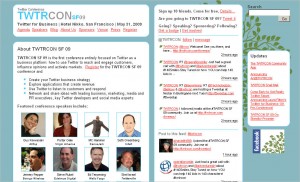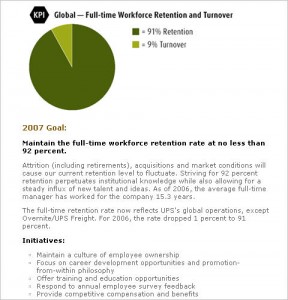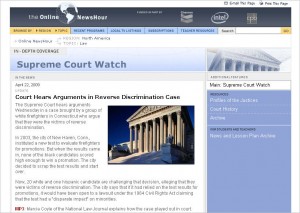In a new occasional series, I’ll be browsing the emerging generation of job search sites to see what kind of career information seekers are finding these days. And my first outing is to CareerCast (“Your job search portal”), which has a component called JobsRated.com. Using a variety of criteria, they have come up with A Comprehensive Ranking of 200 Different Jobs. Each job type (such as “Software Engineer” or “Roofer”) is explained briefly, and then you can click on a button to see related job listings.
According to their methodology page, the JobsRated evaluations are based on five aspects: Environment, Income, Outlook, Stress and Physical Demands. Several are broken out into multiple factors. Stress, for example, is divided up into 21 factors, and each factor has its own rating scale, ranging from 0-5 through 0-15. Among the stress factors are two I don’t ordinarily think of in association with jobs, which I now realize is a failure of imagination on my part. They are: “Own life at risk (0-8)” and “Life of another at risk (0-10).”
“Competitiveness” has a scale of 0-15, while items such as “Lifting,” “Confinement,” and “Quotas” have a range of 0-5. Which is confusing at first–and actually remains confusing. As explained by JobsRated, relative placement of the factor on its scale is based on the amount of X that would typically be present in the job. So firefighters get a maximum number of points on the “life at risk” factors, whereas accountants get a minimum number. However, the use of different scales would seem to have a net effect of weighting the factors, in that competitiveness can potentially yield a much higher number of stress points than lifting–or risking your life.
Plus there seem to be overlaps among Environment factors, Stress factors, and Physical Demands. But let’s move on.
Ratings on various included factors for each of the aspects are rendered into numerical scores (lower=better), with some manipulations applied along the way. (The factor total of the Stress aspect, for example, is divided by the average number of hours worked weekly.) Then the five aspect scores are summed up to produce the final rankings. Data for the evaluations comes from a variety of sources, including the U.S. Bureau of Labor Statistics, the U.S. Census Bureau, trade associations, and industry groups.
In the presentation of the list, rated jobs are divided into sets of 20, and an interesting commentary is added to each set. For example, characterizing jobs 141-160:
Some jobs in the lower half of our 200 rankings still require extensive higher education, such as physician and surgeon, but a larger percentage need only specialized training or, in the case of janitor, waiter/waitress, and salesperson, basic instruction to master. Surgeon may be a highly-paid, well respected profession, but scoring dead last in stress and fourth from the bottom in work environment helps to lower its overall ranking.
That may lead you to ponder the meaning of “best” in the whole scenario . . . .
First, however, let’s end the suspense: According to JobsRated, the very best job of all is “Mathematician,” while the very worst is “Lumberjack.”
Reader alert: The foregoing was not the hilarious part. This was the thought-provoking part. The funny bits (and the takeaways) are in the next post.
Thanks to Bob Bobster for the way cool surfboards.





